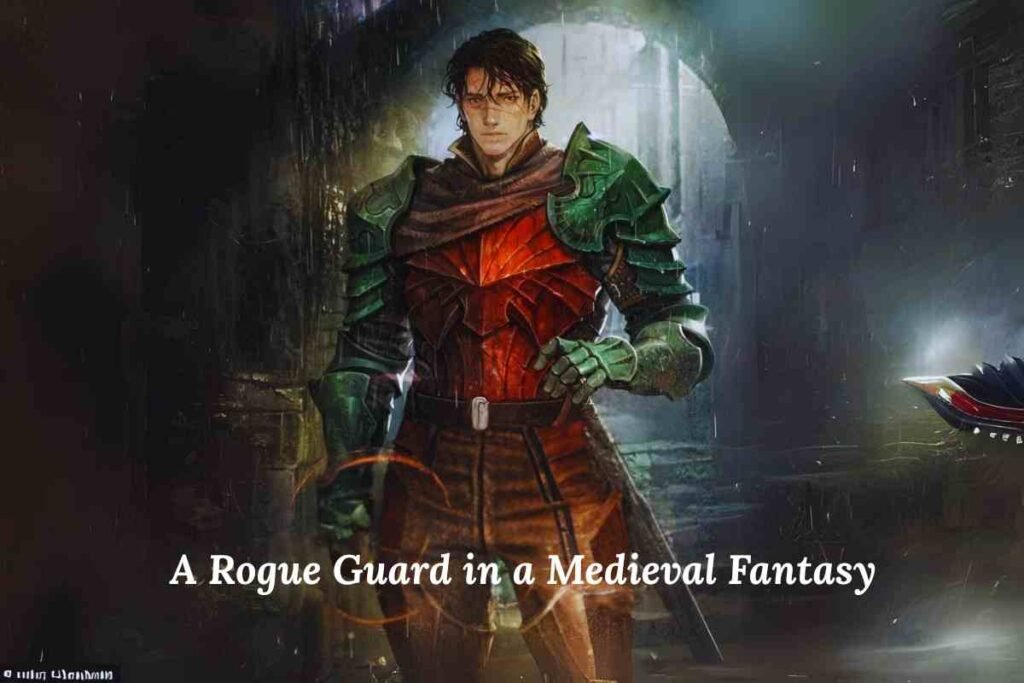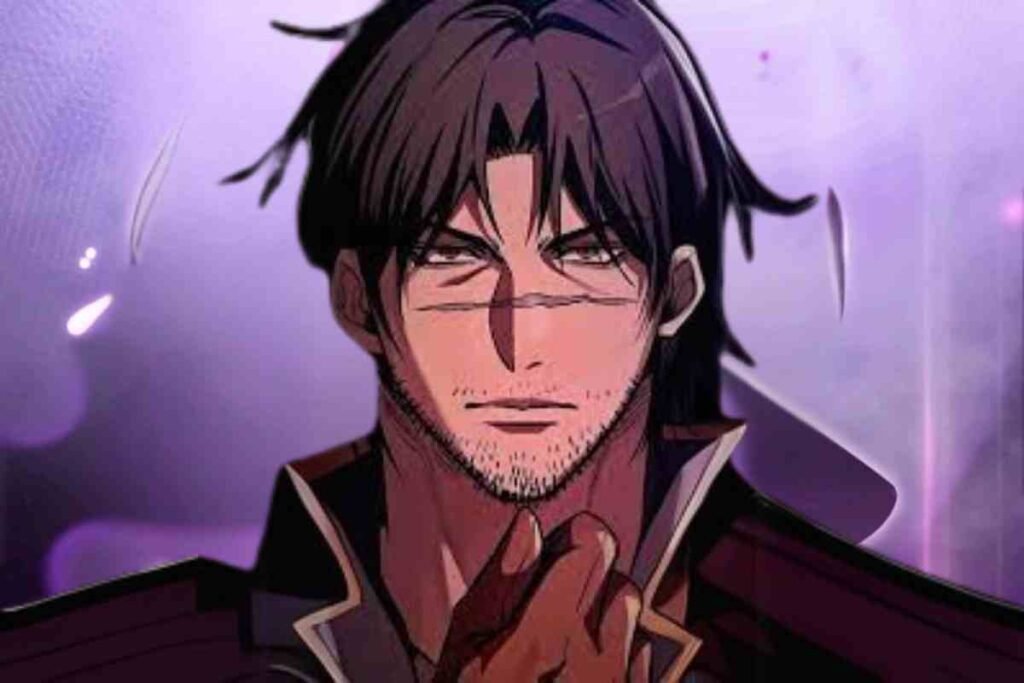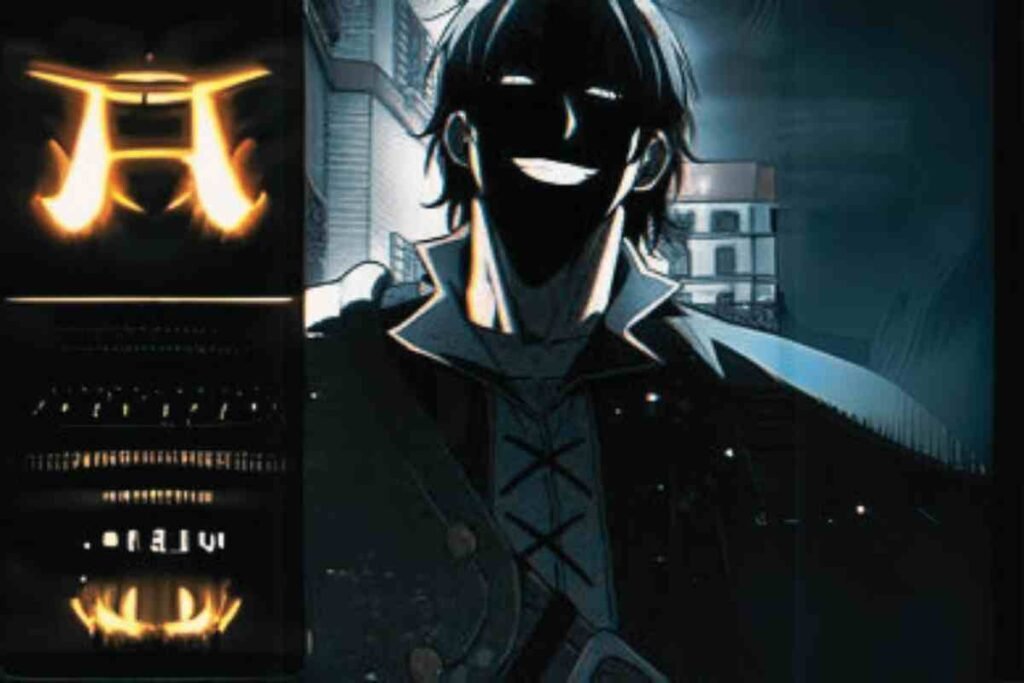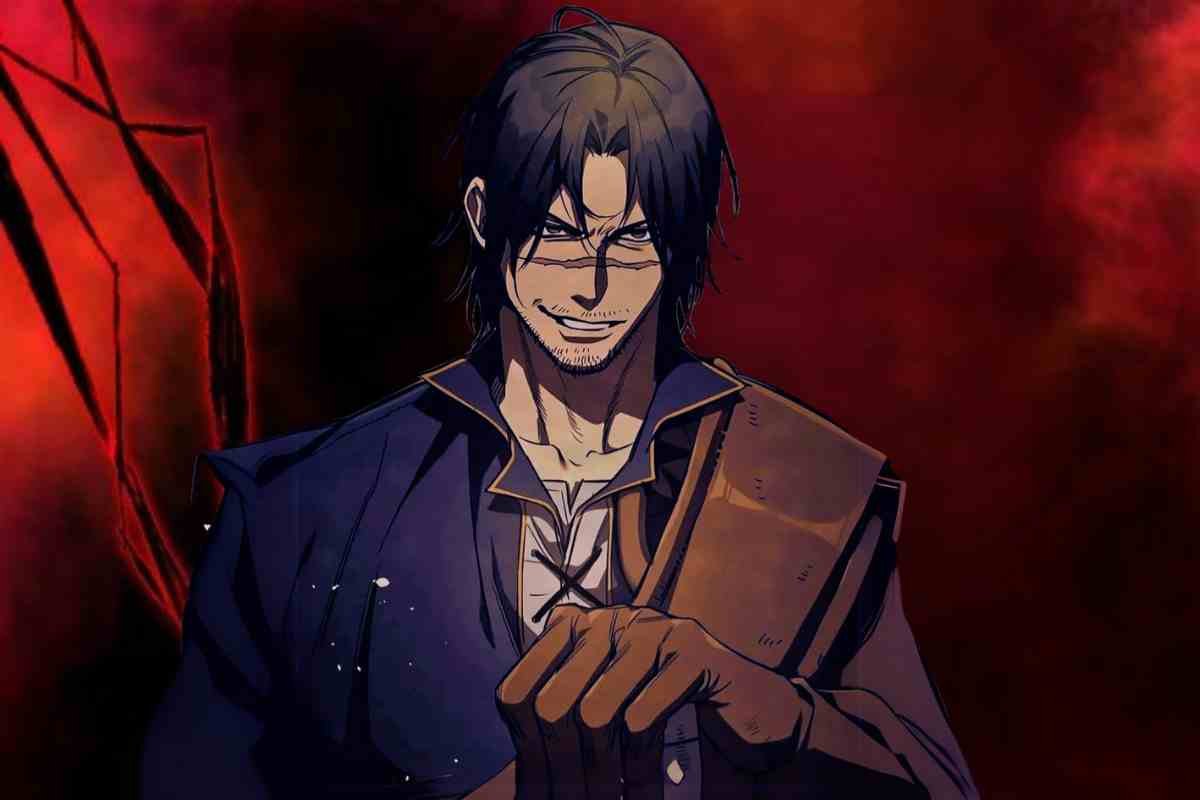In the world of medieval fantasy not every hero wears shining armor. Sometimes the most powerful characters are those who walk the line between right and wrong.
One such character is a rogue guard in a medieval fantasy. This figure adds depth tension and emotional complexity to any fantasy story whether in webtoons novels or games.
Let’s dive into what makes this character so captivating and how to use this archetype effectively.
What Is a Rogue Guard in a Medieval Fantasy?

A rogue guard is someone who once served a kingdom, castle, or noble house as a loyal protector but has now turned against that system. Whether it is due to betrayal corruption or personal trauma, they no longer follow the rules they once swore to uphold.
These characters are not ordinary outlaws. They often carry a deep emotional past years of training, and inside knowledge of the kingdom’s secrets.
Why Do Readers Love This Character Type?
The rogue guard is not just a fighter. They are a symbol of rebellion, inner conflict and lost loyalty. Readers are drawn to them because:
- They are morally grey
- They reveal the darker side of kingdoms and power
- They challenge what it means to be a hero
A great example is Guts from Berserk season 3. While not exactly a guard, he embodies the spirit of a loyal warrior betrayed by his own people. His story shows how loyalty can turn into rage when the system becomes corrupt.
Building a Fantasy Character Backstory
If you are writing a fantasy webtoon or novel, a strong backstory is key.
Common reasons guards go rogue:
- Framed for a crime they did not commit
- Discovered corruption in the royal court
- Lost someone important due to the kingdom’s actions
- Punished for disobeying a cruel order
- Grew tired of blind loyalty to a flawed ruler
Let’s say your character is named Thalen, once a top knight of the King’s Guard. One day, he uncovers a plan to poison villagers to cover up a disease outbreak.
He protests but instead of being heard he is declared a traitor. Forced to run Thalen becomes an enemy of the crown. But he still fights not for the king, but for the people.
This gives your story a strong emotional base and sets up a thrilling rebellion arc.
Using a Rogue Guard in Storytelling

A rogue guard can fit many roles depending on your plot:
As a Hero:
- Fighting against a tyrant king
- Protecting innocent people from soldiers
- Working with rebels or outsiders
As an Anti Hero:
- Brutal and cold, but with a personal moral code
- Seeks revenge, not justice
- Sometimes allies with villains for his goals
As a Villain:
- Uses inside knowledge for personal gain
- Wants to destroy the kingdom out of hatred
- Becomes what he once swore to fight
In all cases, their presence forces webtoon readers to question authority loyalty and justice.
Real Life Inspiration: Betrayal in History
This idea is not just fantasy. History is full of guards and soldiers who turned against kings and rulers. One real world case is Guy Fawkes, who once served the military but later plotted against the British government. Another is Joan of Arc, who served loyally but was later burned as a traitor by her own side.
These examples show that rogue warriors are not just fictional they reflect the messy reality of loyalty and politics.
How to Create a Relatable Rogue Guard
Here are simple tips to make your rogue guard stand out:
- Give them a clear personal code: Maybe they no longer serve the king, but they never hurt the innocent.
- Add emotional triggers: A memory, a lost friend, or an old uniform can add depth.
- Show both sides: Let readers see the moments when they almost return to their old life.
- Use conflict wisely: Let them clash with characters who still believe in the system.
Perfect for Webtoons and DnD Campaigns

In fantasy webtoons, a rogue guard adds mystery and thrill. They often appear with cloaked armor, hidden scars and secret knowledge of royal politics. Webtoons like Tower of God or Solo Leveling often use such characters to push the main plot forward.
In DnD campaigns, they make excellent NPCs. Maybe the party is hired to hunt one down, only to discover the truth or maybe the rogue guard joins the party, helping them unlock secret passages in the castle they once protected.
Conclusion
A rogue guard in a medieval fantasy is more than a rebel. They are a mirror to the kingdom’s flaws and a voice for those who can’t speak. They remind us that sometimes, true strength lies in standing alone.
If you are creating a fantasy world don’t just focus on kings and dragons. Look at those who once stood by their side and now fight in the shadows. There lies your most human story.
FAQs
What makes a rogue guard in a medieval fantasy different from a typical rogue?
A rogue guard has formal training and past loyalty to a kingdom. Unlike regular rogues, their story often involves betrayal or moral conflict.
Can a rogue guard still be a hero?
Yes. Many rogue guards fight for justice, even if they oppose the law. Their actions may seem harsh, but their goals can be noble.
Is this character good for fantasy webtoons?
Absolutely. Rogue guards add depth, conflict, and unexpected twists to fantasy plots. They keep readers engaged.
How do I create a unique backstory for my rogue guard?
Start with a major betrayal or moral conflict. Add personal loss, a moment of change, and a cause worth fighting for.
Can this character work in a romance story?
Yes. Their mysterious and wounded nature often makes them powerful love interests, especially when paired with someone loyal to the crown.
What classes suit a rogue guard in DnD?
Fighter, Rogue, or even Paladin (Oathbreaker). These classes reflect their training and broken oaths well.
How do I show their inner conflict?
Show their inner conflict through flashbacks, haunted dreams, or quiet habits like polishing old armor or whispering vows they no longer believe in.
What are some common themes in a rogue guard in a medieval fantasy?
Betrayal, redemption, revenge, justice, loyalty to people over power, and the cost of freedom.




